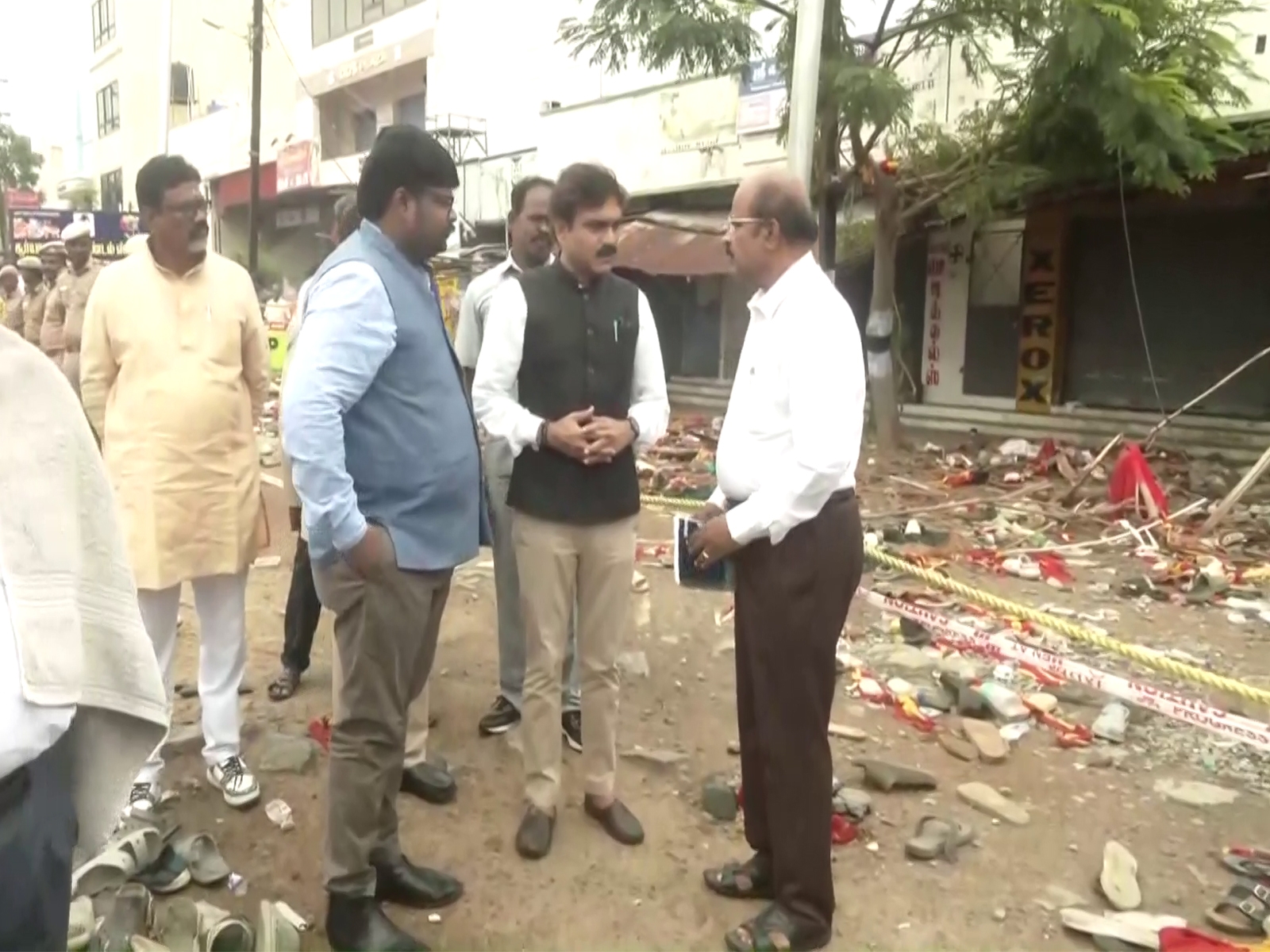Modi govt changes MGNREGA focus to asset creation: Will it work?
_80730_730x419-m.jpg)
The NDA government has introduced changes in the Mahatma Gandhi National Rural Employment Guarantee Act (MGNREGA). The changes are regarding its focus and implementation on the ground. And the question is, whether this will be good or bad for the rural economy.
A paper in Economic and Political Weekly, by Ashok Pankaj, professor and director, Council for Social Development, argues that NDA-II government has changed the focus of MGNREGA from demand driven approach to asset creation.
In an interaction with Catch, Pankaj says “The focus on asset creation is good. But we also need to look at who benefits from these assets. About 60% of the assets are now being created in agriculture and allied activities. These assets will now benefit mostly the landowners. The landless farmer will not benefit in the long term”.
Pankaj also talks about the increased focus on creation of individual assets, under MGNREGA. This focus, according to Pankaj, can lead to inequity in the rural economy.
His full paper, published in Economic and Political Weekly reads, “The majority of MGNREGA workers are landless. In Bihar, 80.41% of the total MGNREGA workers were landless and another 13.65% were marginal landholders”. Pankaj further adds, “Field observations and studies corroborate that most of the employment seekers under MGNREGA are landless casual labour households. It is this section of the rural population who are the main target groups of individual assets as per para 5 of schedule-I of the act and whose uplift has been a major challenge of India’s anti-poverty programme. But they are excluded by default, as land is not available with them and there is no provision for providing land”.
Pankaj is of the view that when an asset under MGNREGA is created with community as its beneficiary it benefits more number of people in a village. But a personal asset helps a family. Quoting French economist Thomas Pikkety, Pankaj says “return on asset is more than return on wage. So while a landless labourer gets only wage, a landowner gets an asset, which gives long term returns to him”.
Centralisation of the scheme
Apart from promoting inequity, there is another problem with the current government's philosophy of running a scheme like MGNREGA.
“The scheme is now getting more and more centralised; whereas it was envisaged to promote de-centralisation of development in rural areas, by making Gram Panchayats the main nodal agency for the planning and implementation of 50% of the works and block, and Zila Parishads for the remaining 50% of the works,” Pankaj says in the EPW paper.
This is happening due to introduction of works that require technical expertise. “The work is now target driven. The Central government gives targets, and this itself leads to centralisation of the scheme because a gram panchayat knows more about the needs of people living in a particular village than the Central government,” said Pankaj.
The changes introduced by the NDA government are in line with its leaders' long standing belief that the MGNREGA under the UPA was a complete failure. PM Modi in one of his speeches in the Parliament had gone to the extent of calling it “a living monument of” the failures of the Congress. The changes introduced by his government will certainly give a new direction to the scheme. Whether it changes the face of the rural economy positively or harms it, will be known only after a few years.
First published: 9 September 2017, 13:15 IST




![BJP's Kapil Mishra recreates Shankar Mahadevan’s ‘Breathless’ song to highlight Delhi pollution [WATCH] BJP's Kapil Mishra recreates Shankar Mahadevan’s ‘Breathless’ song to highlight Delhi pollution [WATCH]](https://images.catchnews.com/upload/2022/11/03/kapil-mishra_240884_300x172.png)

![Anupam Kher shares pictures of his toned body on 67th birthday [MUST SEE] Anupam Kher shares pictures of his toned body on 67th birthday [MUST SEE]](https://images.catchnews.com/upload/2022/03/07/Anupam_kher_231145_300x172.jpg)






